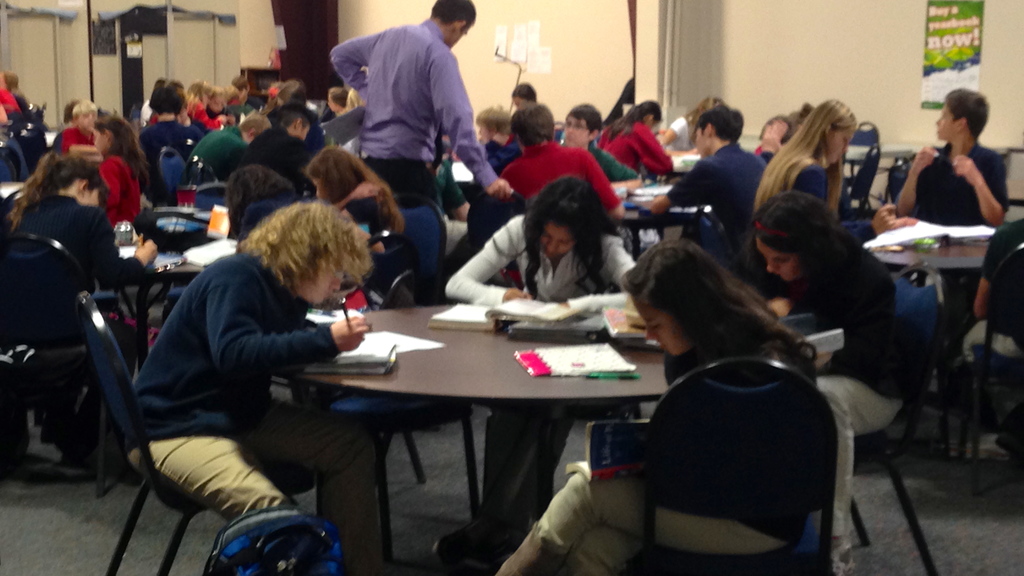Idaho charter schools have received their first round of payments to offset facilities costs.
The largest lump sum went to an online charter: the Idaho Virtual Academy.
And a small lump sum went to Wings Charter Middle School in Twin Falls, which closed its doors last month.

Last week, the State Department of Education divvied up just over $2 million for Idaho’s 47 charter schools — the first-of-its kind payments under a charter facilities law passed by the 2013 Legislature.
That’s a higher price tag than originally forecast, when the charter facilities bill passed after extensive debate, and over the objections of Democrats and some Republicans. The fiscal note attached to the law pegged first-year costs at about $1.4 million.
Instead, the bottom line for 2013-14 came to $2,025,054.72.
That number — the sum charter schools receive for facilities — is tied to the amount of money traditional public schools receive for facilities. In 2013-14, public schools received $164.3 million from voter-approved bond issues and plant facilities levies, or $609.54 per student. The charter facilities law guaranteed charter schools 2013-14 payments of $121.91 per student, or 20 percent of what public schools receive for facilities. This rate will increase to 30 percent in 2014-15.
For most charter schools — schools with a traditional brick-and-mortar presence — the formula is fairly straightforward, and based solely on enrollment. For example. Eagle’s North Star Charter School is in line to receive $119,593.71, based on its enrollment of 981. (Click here for background on the cash-strapped school’s plan to renegotiate its building debt.)
But as with many things related to school funding, the details get complicated quickly.
Idaho Virtual Academy received $132,330, a sum based on the online school’s facilities needs. The online charter schools can get a partial reimbursement for the facilities they do maintain, such as administrative offices or testing facilities, Education Department spokeswoman Camille Wells said Monday. Even though the school’s 3,000 students take classes remotely at home, IDVA is eligible to receive state payments to help cover building leases for its facilities in Meridian and Arco.
Meanwhile, Wings received an $8,899.43 payment, weeks after the alternative middle school closed, citing high facilities costs and shrinking enrollment. Wings was still eligible for a payment, since it represents a reimbursement for 2013-14 expenses, Wells said.
The payments will help charter schools offset facilities costs, said Terry Ryan, president of the Idaho Charter School Network, but traditional and charter schools are still pinched by a lean state budget. “It’s still asking schools to operate on lean margins.”
For charter schools, the problems can be acute. Struggling schools such as Wings may be done in by high facilities costs, low enrollment and meager per-pupil support. Charter schools with a long waiting list — schools that have “created a model that works,” said Ryan — may still be uneasy about incurring the risk of expanding facilities.
Facilities checks were sent out to 41 charter schools last week. Payments to the state’s other six charter schools are pending, Wells said, since these schools still need to submit paperwork with the state.
For a rundown of last week’s payments, click on this link.
